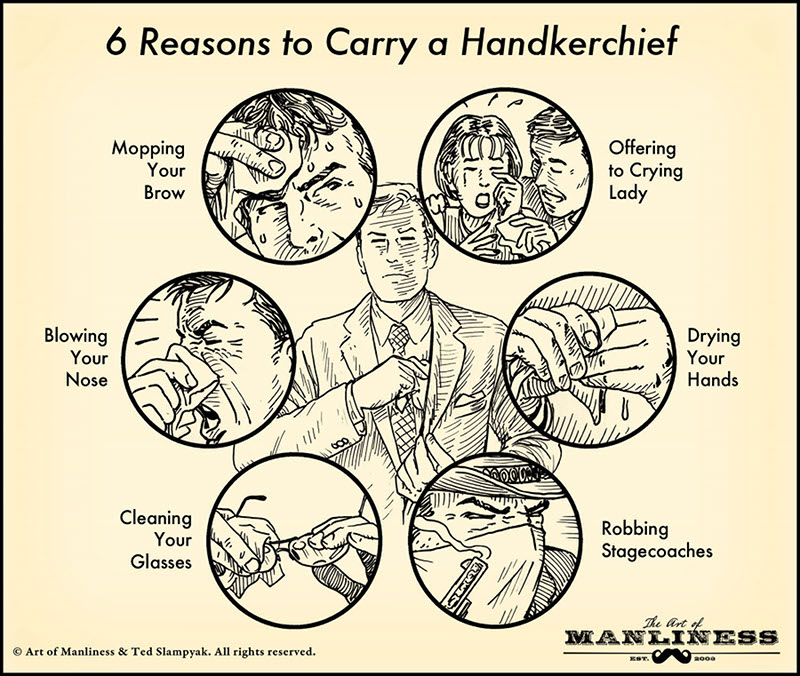A Curmudgeon’s Lament, or Musings of an Old Ivy Leaguer

When I was growing up back in the late 1950s, the matter of dress for young men was relatively simple. When a boy reached adolescence he would put away much of his childhood wardrobe — whatever that might have been — and begin to wear a basic outfit that would see him through the college years and beyond. It was a time before the designer revolution in menswear, before the Ralph Laurens and Versaces, the Armanis and Paul Smiths, the Dolces and the Gabannas. A simpler time.
It was a time when there were basically three types of clothing stores. There was of course the traditional store for the traditional American business look: conservatively cut suits, safe shirts (the majority of which were white, with one or two collar styles), and discreet foulard or striped neckwear. Then there was the somewhat “sharper” store, a more courant version of the trad store, more upscale, hipper, more for the man who was known for caring about style. In the late ’50s this store took on a bit of European flair. The clothing was called “Continental”, meaning Italian, to distinguish it from British. There had been a tradition of British clothing here, but the Italian thing was new.
Finally there was the Ivy League shop.
Called “Ivy League” or “campus” shop because the style had originated, evolved, and took it’s strength from the prestigious Eastern Establishment universities. After World War II young men of growing middle class means attended these institutions of higher learning in droves on the G.I. Bill of economic assistance. What they found was that they could construct a basic campus wardrobe without a great deal of money and effort. There was high serviceability and low maintenance to the college wardrobe of the day.
The basic items were the oxford cloth buttondown shirt and cotton twill khaki trousers. Six shirts, three white and three blue, and two or three pair of khakis would do the job. In cooler weather, a Shetland crewneck sweater in any color was added. A pair of brown penny loafers and white tennis sneakers (possibly a pair of white or tan buckskin oxfords) constituted the acceptable range of footwear.
For outerwear, a cotton gabardine balmacaan raincoat (always tan), and a stout duffel coat (in tan or navy) were all that were needed, although many men also had a cotton gab golf jacket, also in tan. Mountain climbing parkas, safari jackets, trout fishing coats, barn coats, and equestrian slickers were all thought of as exotic sportswear.
Everyone had a tweed sports jacket (Harris or Shetland) and/or a navy single-breasted blazer for semi-dress, and a gray flannel suit for dress. Summer semi-formality was assured with a seersucker or tan poplin suit; some had madras sports jackets; for the more formal occasions a dark Grey or navy tropical worsted suit. A half-dozen ties (regimentals, foulards, or dots), and the necessary complement of underwear, socks, pajamas, and handkerchiefs filled out the basics.
Cut, fit, and quality were what was important. If it was all properly fitted, of the acceptable cut, and made well, these items would do a young man proud, no matter where he was going, or what the occasion, from a faculty tea to a classy dance.
And it wasn’t a matter of being simply less sophisticated either. There were intricacies of cut and quality to these basic garments that belied their straight-forwardness. Good jackets, for example, were always three-button and natural-shouldered, softly constructed in the chest and cut on the easy side. Lapels extended about a third of the way to the shoulder line, and aficionados were quick to note the hook vent in the rear. Trousers were also cut easy, just this side of baggy. Everything, needless to say, shouldn’t look too new. Quality used to imply longevity in those days. Raincoats, khakis, shoes, and tweeds were all expected to be slightly scuffed and rumpled. A soft patina of age was desirable, and total effect should be rather a studied nonchalance. An old money sprezzatura was the style.
Those dozen garments or so weren’t the be-all and end-all, of course. There were myriad other attractions for the dandies amongst us. Silk knit ties (plain black or navy was best, with square-cut ends) and paisley pocket squares, odd flannel trousers, broadcloth tab-collar shirts, cordovan brogues and scotchgrain wingtips, navy worsted pinstripes with vests, white duck trousers for summer, and lambswool turtlenecks for winter. The sophisticated young man may have splurged for a camelhair polo coat. Everyone seemed to have colorfully striped surcingle belts with brass horseshoe-shaped buckles. And the brightest Argyle socks.
For most, the subtleties of double-breasted jackets and grenadine neckwear, of suede town shoes, enameled cuff links, covert cloth chesterfields, and cashmere cabled hosiery were not imaginable. But then neither were exterior logos, Italian designers, or microfibers.
There also didn’t seem to be the questions of what to wear when. We certainly knew when the occasion called for a tie, and gym clothes were confined to the gym.
It was, as I say, a simpler time.












